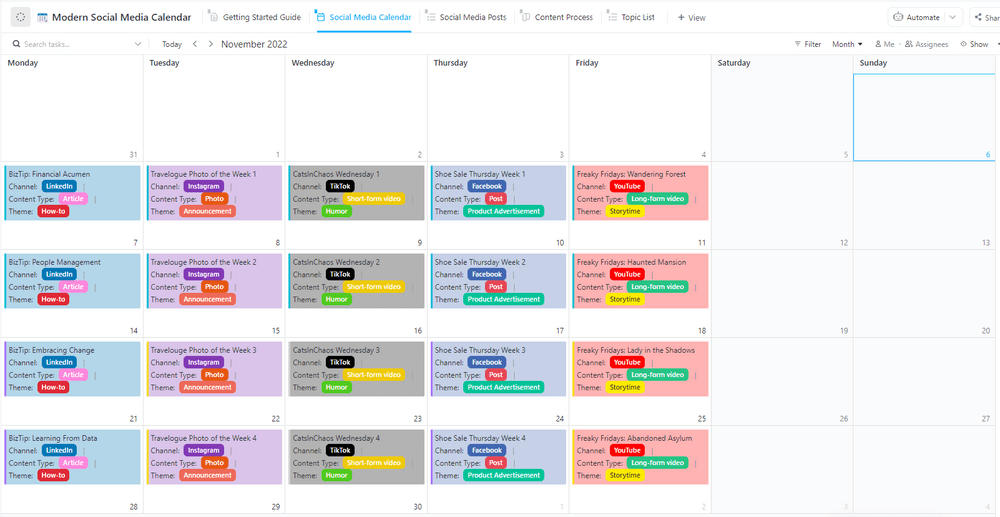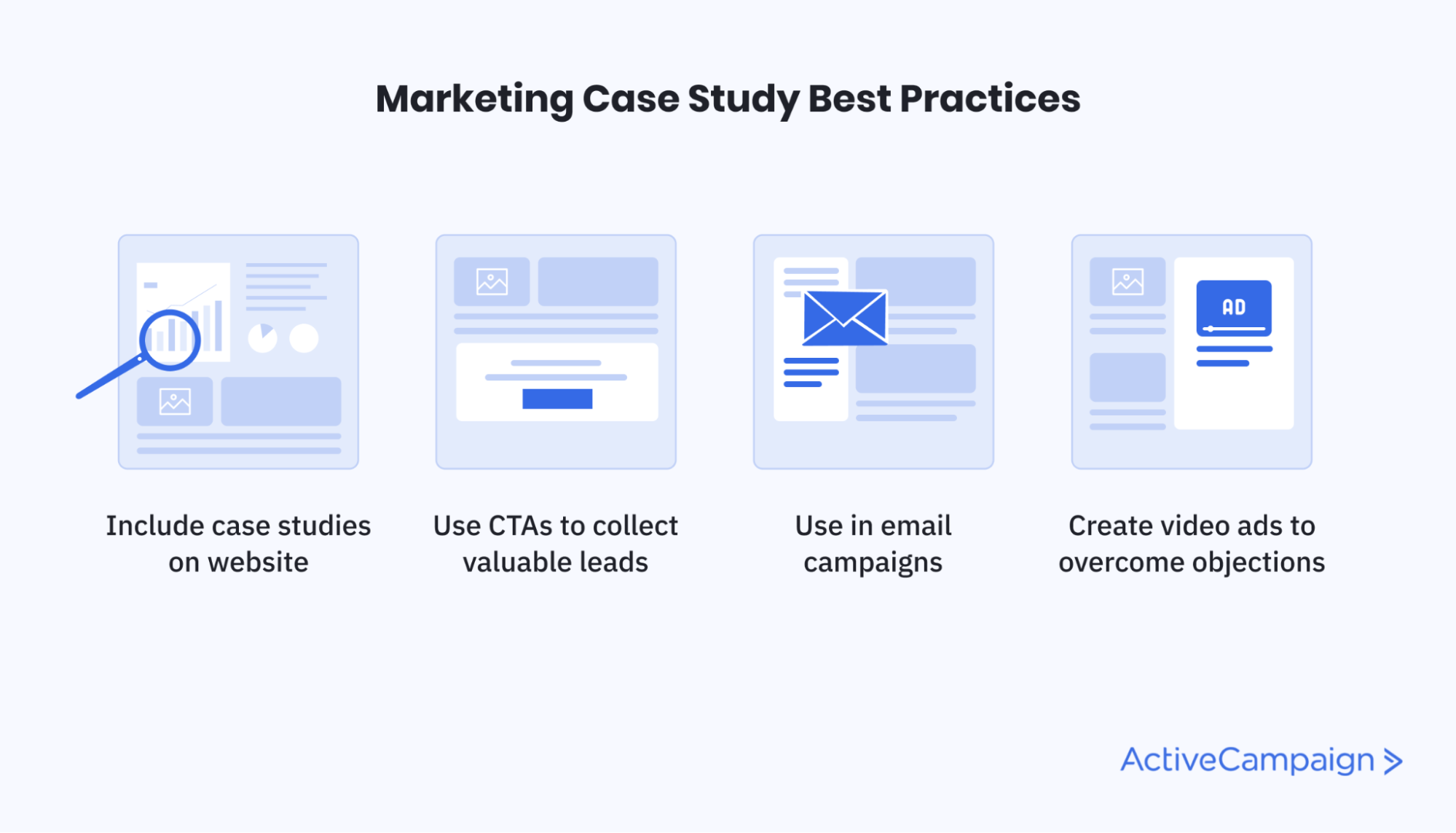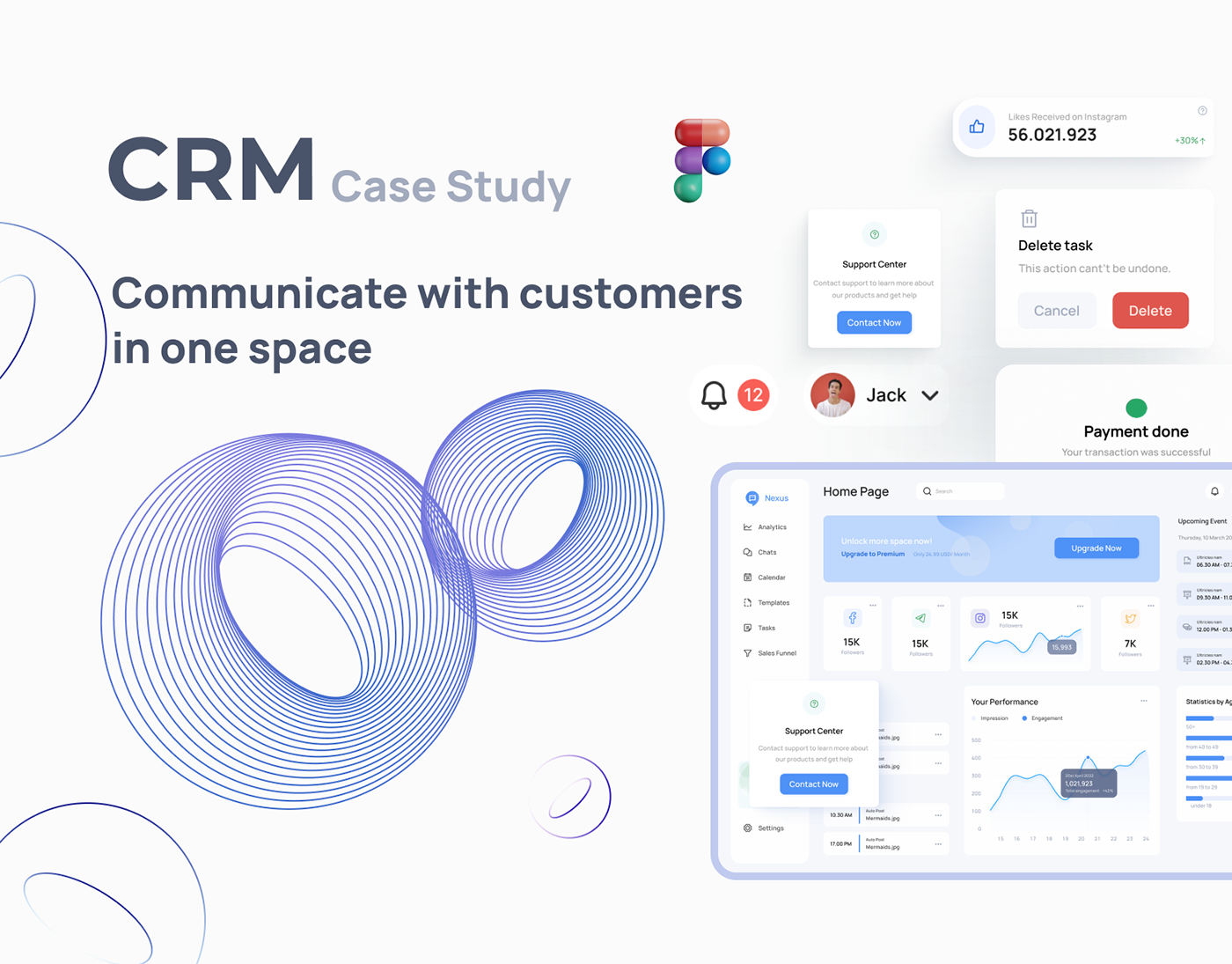
Mastering Your CRM Marketing: A Comprehensive Content Calendar Guide
In the dynamic world of marketing, staying organized and strategic is paramount. One of the most effective tools for achieving this is a well-structured content calendar, especially when integrated with your Customer Relationship Management (CRM) system. This guide delves deep into the intricacies of CRM marketing content calendars, providing you with a comprehensive roadmap to elevate your marketing efforts, nurture leads, and boost customer engagement. We’ll explore the ‘what,’ ‘why,’ and ‘how’ of creating and implementing a successful content calendar tailored to your CRM strategy.
Understanding the Power of a CRM Marketing Content Calendar
Before we dive into the specifics, let’s clarify why a CRM marketing content calendar is so crucial. Imagine your CRM as the central hub for all your customer data – their interactions, preferences, purchase history, and more. A content calendar, in this context, is the strategic plan that harmonizes your marketing content with this valuable customer data. It’s the engine that drives personalized, timely, and relevant content to the right audience segments within your CRM.
Here’s a breakdown of its key benefits:
- Enhanced Organization: A content calendar provides a bird’s-eye view of your marketing activities, ensuring that you’re not just reacting to events but proactively planning your content.
- Improved Consistency: Regular content delivery is vital for maintaining audience engagement. A calendar helps you stick to a consistent publishing schedule, keeping your brand top-of-mind.
- Better Content Quality: With a plan in place, you have time to develop high-quality content that resonates with your target audience.
- Increased Efficiency: A calendar streamlines your content creation process, saving time and resources.
- Data-Driven Decision Making: The calendar allows you to track the performance of your content and make data-driven decisions for future campaigns.
- Personalized Customer Experiences: By aligning your content with your CRM data, you can deliver personalized experiences that foster stronger customer relationships.
Key Components of a CRM Marketing Content Calendar
Creating a successful CRM marketing content calendar involves several essential components. These elements work together to create a cohesive and effective strategy:
1. Define Your Goals and Objectives
Before you start planning content, clarify your marketing goals. What do you want to achieve? Do you want to increase brand awareness, generate leads, nurture existing customers, or drive sales? Your goals will shape your content strategy.
2. Know Your Audience
Understanding your target audience is critical. Use your CRM data to segment your audience based on demographics, behavior, purchase history, and other relevant factors. Create buyer personas to represent your ideal customers. This information will inform your content creation process.
3. Content Types and Formats
Determine the types of content you’ll create. Consider blog posts, articles, ebooks, infographics, videos, social media updates, email newsletters, and webinars. Choose formats that align with your audience’s preferences and your marketing objectives.
4. Content Topics and Themes
Brainstorm content topics that resonate with your target audience. Conduct keyword research to identify topics that are relevant to your industry and that people are searching for. Create content themes to provide a cohesive narrative across your marketing channels.
5. Content Calendar Structure
Your content calendar should include columns for the following information:
- Date: The date the content will be published or distributed.
- Content Type: The format of the content (e.g., blog post, email, social media update).
- Topic/Title: The subject of the content.
- Audience Segment: The specific audience segment that the content is targeted to.
- CRM Integration: How the content will be integrated with your CRM (e.g., email campaign, landing page).
- Owner: The person responsible for creating or publishing the content.
- Status: The stage of the content (e.g., draft, review, published).
- Keywords: Relevant keywords for SEO optimization.
- Call to Action (CTA): The desired action you want the audience to take.
- Metrics: Key performance indicators (KPIs) to track the content’s success (e.g., website traffic, engagement, conversions).
6. Scheduling and Distribution
Plan when and how you’ll distribute your content. Use social media scheduling tools and email marketing platforms to automate the distribution process. Make sure your content is easily accessible to your target audience.
7. Tracking and Analysis
Regularly monitor the performance of your content. Use analytics tools to track key metrics, such as website traffic, engagement, and conversions. Analyze the data to identify what’s working and what’s not. Use your findings to optimize your content strategy.
Building Your CRM Marketing Content Calendar: A Step-by-Step Guide
Now, let’s walk through the process of building your CRM marketing content calendar:
Step 1: Audit Your Existing Content and CRM Data
Start by taking inventory of your current content. Review your blog posts, ebooks, social media updates, and other materials. Identify what’s working and what’s not. Simultaneously, analyze your CRM data to understand your audience segments, their behaviors, and their preferences.
Step 2: Define Your Target Audience Segments
Use your CRM data to segment your audience based on demographics, behavior, purchase history, and other relevant factors. Create buyer personas to represent your ideal customers. This will help you tailor your content to their specific needs and interests.
Step 3: Set Your Marketing Goals and KPIs
Determine your marketing goals. Are you aiming to increase brand awareness, generate leads, nurture existing customers, or drive sales? Set specific, measurable, achievable, relevant, and time-bound (SMART) goals. Define the KPIs you’ll use to track your progress.
Step 4: Choose Your Content Types and Formats
Select the types of content that align with your audience’s preferences and your marketing objectives. Consider blog posts, articles, ebooks, infographics, videos, social media updates, email newsletters, and webinars. Mix and match formats to keep your content engaging.
Step 5: Brainstorm Content Topics and Themes
Generate content ideas that resonate with your target audience. Conduct keyword research to identify topics that are relevant to your industry and that people are searching for. Create content themes to provide a cohesive narrative across your marketing channels. Use your CRM data to personalize the topics and themes for specific audience segments.
Step 6: Populate Your Content Calendar
Use a spreadsheet, project management tool, or dedicated content calendar software to create your calendar. Fill in the columns with the relevant information, including the date, content type, topic, audience segment, CRM integration, owner, status, keywords, CTA, and metrics.
Step 7: Schedule Your Content Distribution
Plan when and how you’ll distribute your content. Use social media scheduling tools and email marketing platforms to automate the distribution process. Make sure your content is easily accessible to your target audience.
Step 8: Integrate with Your CRM
Connect your content calendar with your CRM. This allows you to personalize your content based on customer data and track the performance of your content within your CRM. For example, you can send targeted email campaigns to specific audience segments based on their behavior or preferences.
Step 9: Track, Analyze, and Optimize
Regularly monitor the performance of your content. Use analytics tools to track key metrics, such as website traffic, engagement, and conversions. Analyze the data to identify what’s working and what’s not. Use your findings to optimize your content strategy. Iterate and refine your calendar based on performance.
Content Calendar Tools and Software
Several tools can help you create and manage your CRM marketing content calendar:
- Spreadsheets (Google Sheets, Microsoft Excel): A simple and cost-effective option for basic content calendars.
- Project Management Tools (Asana, Trello, Monday.com): Offer more advanced features for collaboration, task management, and workflow automation.
- Dedicated Content Calendar Software (CoSchedule, HubSpot Content Calendar, Loomly): Provide specialized features for content planning, scheduling, and performance tracking.
- CRM Platforms (Salesforce, HubSpot, Zoho CRM): Some CRM platforms offer built-in content calendar features or integrations with content calendar tools.
Best Practices for CRM Marketing Content Calendar Success
To maximize the effectiveness of your CRM marketing content calendar, consider these best practices:
- Plan Ahead: Create your content calendar at least one to three months in advance to give yourself ample time to plan, create, and schedule your content.
- Be Consistent: Stick to a consistent publishing schedule to keep your audience engaged.
- Personalize Your Content: Use your CRM data to personalize your content for each audience segment.
- Focus on Value: Create content that provides value to your audience, such as helpful tips, insightful information, or exclusive offers.
- Optimize for SEO: Conduct keyword research and optimize your content for search engines to increase visibility.
- Promote Your Content: Promote your content across multiple channels, including social media, email, and paid advertising.
- Track Your Results: Regularly monitor the performance of your content and use the data to optimize your strategy.
- Collaborate with Your Team: Involve your team in the content creation process to ensure that everyone is aligned and that you’re leveraging the skills and expertise of your team members.
- Stay Flexible: Be prepared to adjust your content calendar as needed. The marketing landscape is constantly evolving, so it’s important to be flexible and adapt your strategy to meet changing needs.
Integrating Your CRM with Your Content Calendar
One of the most significant advantages of a CRM marketing content calendar is its ability to integrate seamlessly with your CRM system. This integration allows for highly personalized and targeted marketing efforts. Here’s how to do it effectively:
1. Data Segmentation
Use the data within your CRM to segment your audience. This can be based on demographics, past purchases, website behavior, or any other relevant information. This segmentation will inform the content you create, ensuring it’s relevant to each group.
2. Content Personalization
Leverage your CRM data to personalize your content. For example, you can send different email newsletters to different customer segments based on their interests. You might also personalize landing pages based on a user’s past interactions with your brand.
3. Triggered Campaigns
Set up triggered campaigns that are activated by specific customer behaviors. For example, when a customer abandons a shopping cart, you can automatically send them an email with a reminder and a special offer. This can be set up within your CRM and connected to your content calendar.
4. Lead Scoring
Use lead scoring within your CRM to prioritize leads. This allows you to focus your marketing efforts on the most promising prospects. Your content calendar can be used to deliver specific content to leads based on their score, nurturing them towards a conversion.
5. Performance Tracking
Track the performance of your content within your CRM. This allows you to see which content is most effective at driving conversions and engagement. This data can then be used to refine your content calendar and optimize your efforts.
Examples of CRM Marketing Content Calendar Campaigns
To illustrate the practical application of a CRM marketing content calendar, let’s explore a few campaign examples:
1. Welcome Series for New Subscribers
When a new subscriber joins your email list, you can trigger a welcome series. This series might include a welcome email, a brief introduction to your brand, and links to your best content. Use your CRM to track engagement with these emails and tailor future content based on their responses.
2. Nurturing Leads with Educational Content
For leads in the early stages of the sales funnel, you can create a series of educational blog posts, ebooks, and webinars. These resources should address their pain points and provide solutions. Use your CRM to track which leads are engaging with this content and tailor your follow-up accordingly.
3. Re-engagement Campaigns for Inactive Customers
For customers who haven’t interacted with your brand in a while, you can create a re-engagement campaign. This might include a special offer, a survey to gather feedback, or a reminder of the value you provide. Your CRM will help you identify which customers are inactive and automatically trigger these campaigns.
4. Product Updates and Announcements
When you release a new product or update an existing one, use your content calendar to plan a series of announcements. This could include blog posts, social media updates, and email campaigns. Segment your audience based on their product interests to deliver targeted messages.
Overcoming Challenges and Common Pitfalls
While CRM marketing content calendars offer significant benefits, there are some common challenges and pitfalls to avoid:
- Lack of Planning: The most common mistake is failing to plan. Without a well-defined content calendar, your marketing efforts will be inconsistent and ineffective.
- Poor Content Quality: Creating low-quality content will damage your brand’s reputation and alienate your audience.
- Ignoring Your Audience: Failing to understand your target audience will result in content that doesn’t resonate with them.
- Lack of CRM Integration: If you don’t integrate your content calendar with your CRM, you’ll miss out on the benefits of personalization and targeted marketing.
- Not Tracking Your Results: Without tracking your results, you won’t know what’s working and what’s not. You’ll be unable to optimize your strategy.
- Ignoring Feedback: Pay attention to the feedback you receive from your customers. Use this feedback to improve your content and your overall marketing strategy.
- Not Staying Updated: The marketing landscape is ever-changing. Staying on top of marketing trends and adapting your strategies will help you stay relevant.
Conclusion: Embrace the Power of a CRM Marketing Content Calendar
In conclusion, a CRM marketing content calendar is a powerful tool that can transform your marketing efforts. By planning your content strategically, personalizing it for your audience, and integrating it with your CRM, you can significantly improve your engagement, generate more leads, and drive sales. Start building your content calendar today, and witness the difference it makes in your marketing success. This proactive approach to content creation not only streamlines your workflow but also allows for a more refined and data-driven strategy, ensuring that every piece of content serves a purpose and contributes to your overall marketing objectives.
Embrace the power of a well-crafted CRM marketing content calendar and watch your marketing efforts flourish.

